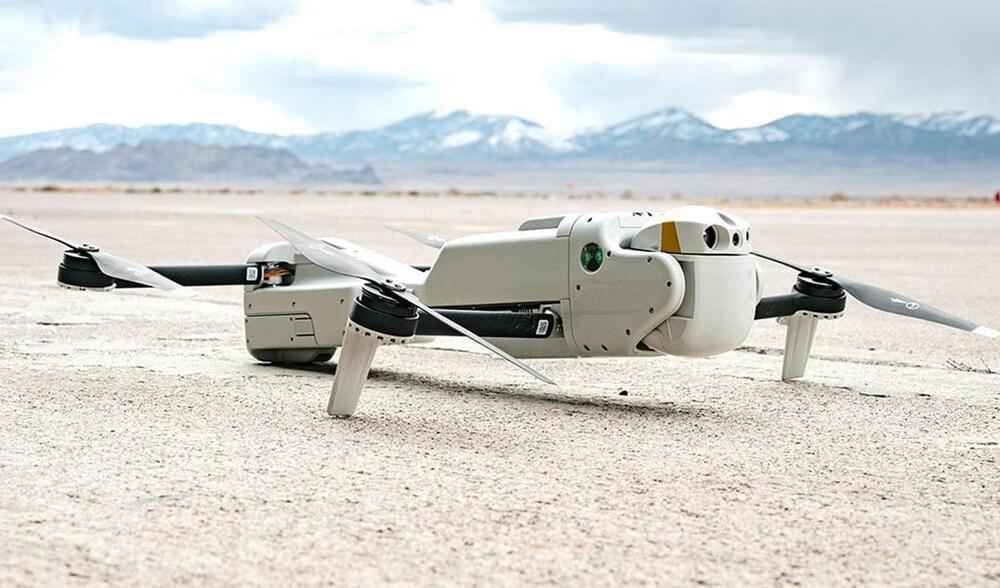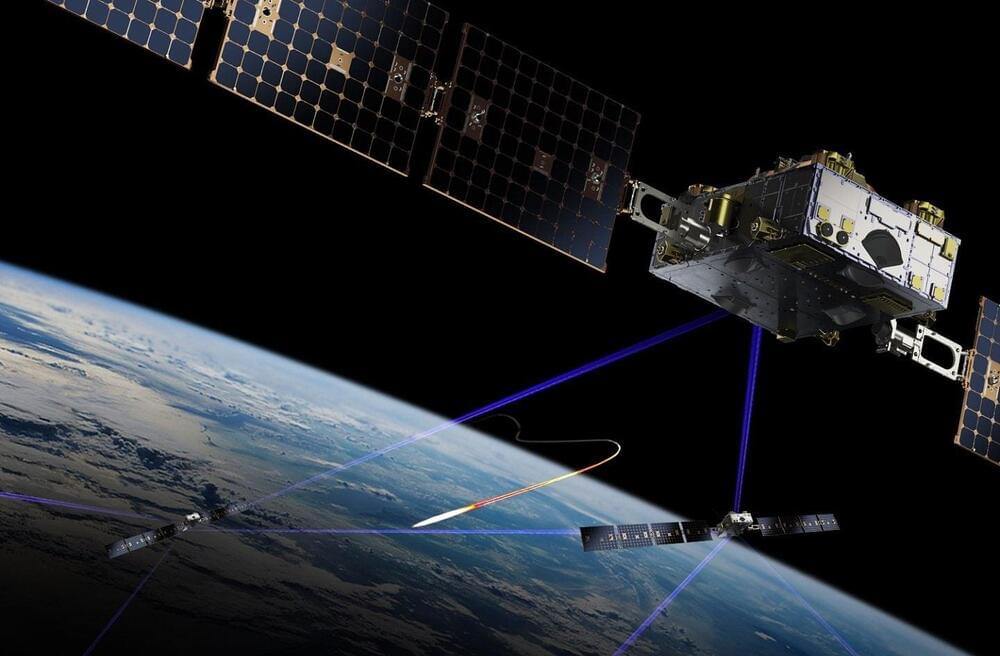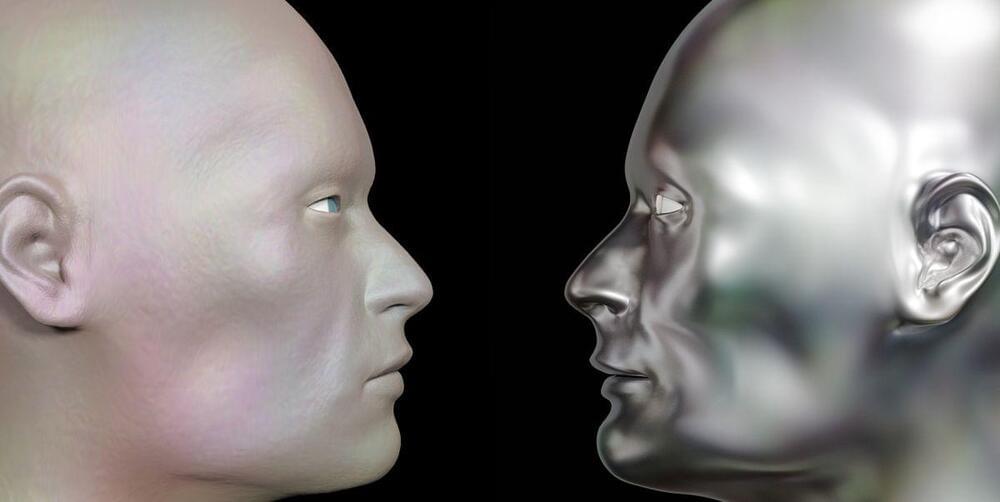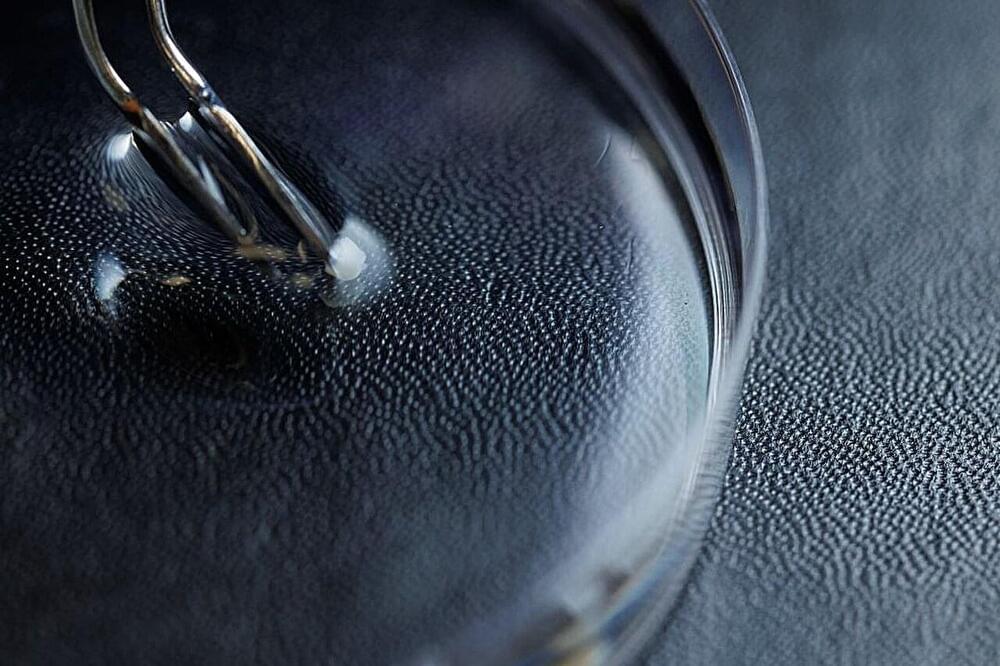Scientific discovery doesn’t always require a high-tech laboratory or a hefty budget. Many people have a first-rate lab right in their own homes—their kitchen.
Get the latest international news and world events from around the world.





Gravitas: A new underwater warfare, is India prepared?
Underwater recon and attack drones are about to enter war zones.
Australia has unveiled ‘Ghost Shark’, an underwater drone that is capable of surveillance, intelligence collection and attacking enemy targets. The U.S. has a ‘Monster Manta’ that can carry a range of payloads, carry out long-range missions. Countries around the world are developing unmanned underwater vehicles for the next war at sea. What about India?
#australia #us #india.
About Channel:
WION The World is One News examines global issues with in-depth analysis. We provide much more than the news of the day. Our aim is to empower people to explore their world. With our Global headquarters in New Delhi, we bring you news on the hour, by the hour. We deliver information that is not biased. We are journalists who are neutral to the core and non-partisan when it comes to world politics. People are tired of biased reportage and we stand for a globalized united world. So for us, the World is truly One.



Unlocking consciousness: A new frontier in neuroscientific fusion
In a recent paper published in the International Journal of Psychiatry Research, Dr. Gerard Marx from MX Biotech and Prof. Chaim Gilon from the Hebrew University of Jerusalem present an innovative integration of two notable neuroscience theories—the Global Neuronal Network (GNW) hypothesis and the Tripartite Mechanism of Memory.